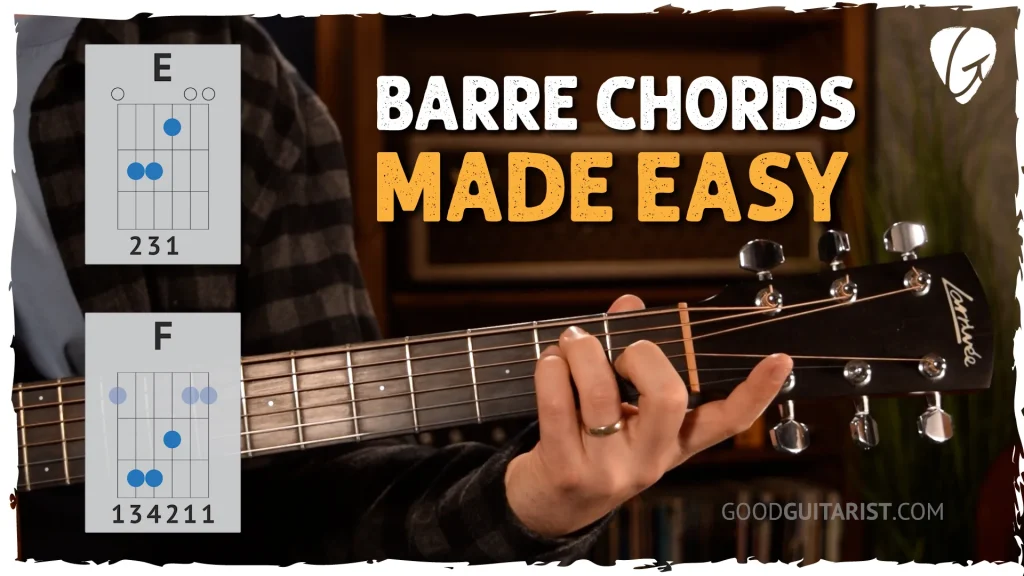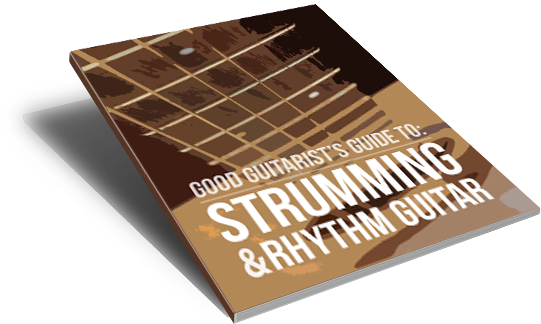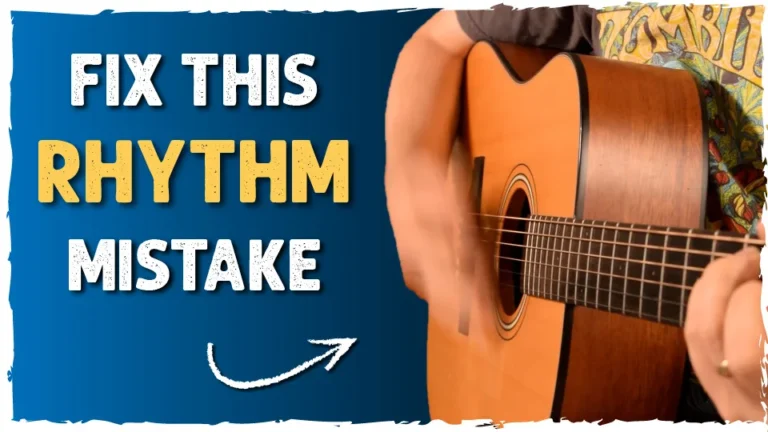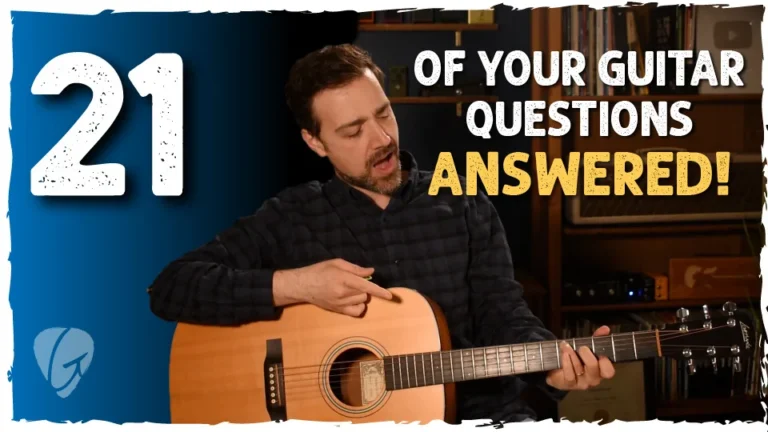2 Simple Tricks to Master Barre Chords on Guitar
Struggling with barre chords? Learn two powerful tricks that make them easy – starting with a simple power chord shape you can play on day one. Perfect for beginners!
In this lesson, I want to show you two incredibly effective things you can do to make barre chords much easier to play. One of them is so simple, you can do it the first day you ever pick up a guitar.
Step 1: Start with the Power Chord
Most people overlook power chords. They think it’s just a basic beginner shape, but the truth is you’re doing about 75% of the work required to play a full barre chord when you play one.
All you need is two fingers:
- Index finger on the thickest string
- Ring finger two frets up on the next string
What’s great about this shape is that it’s movable. That means once you learn it, you can play it anywhere on the fretboard – in any key. And because it doesn’t include the third note that defines major or minor, it works whether you’re playing G major or G minor, A major or A minor, etc.
How to Practice Power Chords
Take a song you already know – maybe something simple like Tennessee Whiskey (G to Am) – and try playing it with power chords:
- G = index on 3rd fret of thickest string
- Am = move the whole shape up 2 frets (index on 5th fret)
If you’re further along, try it with 4- or 5-chord songs like Heroes by David Bowie, as demonstrated in the video at the top of this page.
Step 2: Pretend Your Index Finger is Broken
Now, for the second trick – the one that really gets you the rest of the way to full barre chords.
Here’s the idea: pretend your index finger is broken and only use your other three fingers to make chord shapes. Why? Because your index finger is the one that does the bar. Instead of straining it right away, focus on building muscle memory with the other fingers.
The Key Shapes to Practice
Focus first on these three chord shapes:
- E major shape
- A minor shape
- E minor shape
These are the foundation of most common barre chords. For example:
- The E shape becomes the F chord (and F#, G, etc.) when barred
- The A minor shape becomes B minor, C#m, D#m, etc.
By mastering these shapes with your middle, ring, and pinky, you’re training your hand to be barre-chord ready. The index finger just has to bar eventually, but the rest of the shape is already taken care of.
You can try it with the C, G, D, and Dm shapes too if you’re feeling ambitious. Even though D and Dm are the least-used barre shapes, they still have their place.
Once your fingers can do all these shapes cleanly without your index, adding the barre later is going to feel much more natural.
Your Homework
Here’s what I want you to do:
- Take songs you already know and play them using power chords.
- Then, replay those same songs, pretending your index finger is broken and using just your other three fingers to make the chord shapes.
If you stick with that, you’ll be 95% of the way to mastering barre chords.
And if you’re looking for a clear, structured path to conquering barre chords once and for all, check out my course: Barre Chords Made Easy. It’s a complete roadmap to mastering not just barre chords, but seventh chords and pretty much anything else that used to feel tricky.
All-Access Pass
Start your 10-day FREE trial
- Step-By-Step Courses
- Exclusive YouTube Bonuses
- Q&A with James






